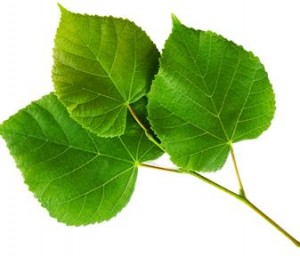 There are two things this year that people can get to spice up their spring wardrobe: a desire to invest in more Eco-friendly clothing options, and a tumbling economy. In actuality, our current ecological situation would need long-term healing. Thereupon, combining comfort and care for nature can produce not only stunning, sustainable wholesale apparel and beauty products designed to last for many seasons, but also create dramatic improvement to our environment. Going green doesn’t necessarily mean giving up one’s fashion habits. It simply means choosing products that meet up with your expectations while still providing the result you need.
There are two things this year that people can get to spice up their spring wardrobe: a desire to invest in more Eco-friendly clothing options, and a tumbling economy. In actuality, our current ecological situation would need long-term healing. Thereupon, combining comfort and care for nature can produce not only stunning, sustainable wholesale apparel and beauty products designed to last for many seasons, but also create dramatic improvement to our environment. Going green doesn’t necessarily mean giving up one’s fashion habits. It simply means choosing products that meet up with your expectations while still providing the result you need.
There are tons of cute Eco-boutiques in New York, and certainly online; in many cases they might not fit in with your budget. Nevertheless, Eco-friendlier clothing options that don’t break the bank do exist. Ecological-friendly clothing are designed using materials that create less harm to the environment. The common materials used are cotton and wool generated without the use of chemicals, and bamboo and hemp produced with significantly low pesticides. The benefits of Eco-friendly fashion are not only long-term value to the environment but it could have short-term health value to the user; with regards to fashion certainly does not mean having to sacrifice style, as many celebrities who favor these clothes can attest. Here are some basic suggestions to keep in mind when you are shopping for clothing for yourself and your family:
Tips for an Eco-Friendly Wardrobe
1. Choose clothing that doesn’t use animal products, from socially responsible companies. This may take a little investigating.
2. Avoid synthetic “mystery†fibers.
3. Bamboo clothing is a pleasant clothing option from a renewable source. It may not sound soft and comfy, similar to silk and cotton it is a breathable fiber, easily washed and cared for and extremely wrinkle resistant. Many designers are now using it to create their lines of Eco-chic clothing because of it’s divine flow and softness.
4. Hemp is more durable, softer and requires less water than cotton to produce. It even provides better UV protection than other fabrics. Look for clothing made from hemp. Hemp is also a great option for home furnishings fabric.
5. Vintage clothing is making a comeback. Take a look in consignment shops for gently used clothing.
6. Investigate clothing, handbags and shoes made from recycled materials. Many companies/designers are now creating clothing and handbags from some interesting recycled materials.
7. Choose jewelry made from recycled glass and other materials for an interesting necklace or conversation piece.
8. When shopping for new clothes, select a classic style that will last for years rather than trendy styles that you will get bored with or will be “out” next season.
9. Only buy clothing that you will really wear – avoid impulsive buying.
10. Buy some gender neutral clothes for your kids that can be passed on to someone else and easily shared with siblings.
11. Dress casual more often. Clothing that needs to be dry cleaned leaves a bigger carbon footprint.
12. Avoid the chemicals of dry cleaning for your health and the environment.
13. Tired of your clothes? Host a clothing swap – get a bunch of friends together and swap what you no longer wear.

Leave a Reply